Filter by

Winning together :the natural resource negotiation playbook
Strategies for transboundary natural resource management; winner of Harvard Law School's Raiffa Award for best research of the year in negotiation and conflict resolution.OCLC-licensed vendor bibliographic record.
- Edition
- -
- ISBN/ISSN
- 9780262343633
- Collation
- 1 online resource (viii, 322 pages) :illustrations, maps.
- Series Title
- -
- Call Number
- -

nternational Currency Exposure
Issues in debates about foreign currency exposure -- the denomination of liabilities or assets in foreign currency.OCLC-licensed vendor bibliographic record.
- Edition
- -
- ISBN/ISSN
- 9780262340922
- Collation
- 1 online resource.
- Series Title
- -
- Call Number
- -

War and Reconciliation: Reason and Emotion in Conflict Resolution
A study of the role of reconciliation in intrastate and international conflict resolution and an argument for the value of integrating emotion in our conceptions of human rationality and problem-solving.OCLC-licensed vendor bibliographic record.
- Edition
- -
- ISBN/ISSN
- 9780262278522
- Collation
- 1 online resource (x, 235 pages) :illustrations
- Series Title
- -
- Call Number
- -
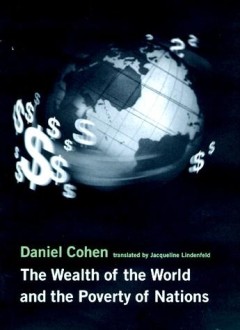
The Wealth of the World and the Poverty of Nations
OCLC-licensed vendor bibliographic record.
- Edition
- -
- ISBN/ISSN
- 9780262270601
- Collation
- 1 online resource (136 pages)
- Series Title
- -
- Call Number
- -
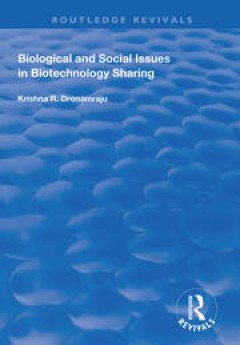
Biological and Social Issues in Biotechnology Sharing
First published in 1998, this was the first book to present a comprehensive summary of both the global as well as institutional issues which are involved in biotechnology sharing. It covers the controversial subject of intellectual property rights (IPR) and the patenting of new discoveries in genetic knowledge in both agriculture and the human genome. One controversial issue is the creation of …
- Edition
- 1
- ISBN/ISSN
- -
- Collation
- p.176
- Series Title
- -
- Call Number
- -

International relations in the cyber age :the co-evolution dilemma
A foundational analysis of the co-evolution of the internet and international relations, examining resultant challenges for individuals, organizations, firms, and states. In our increasingly digital world, data flows define the international landscape as much as the flow of materials and people. How is cyberspace shaping international relations, and how are international relations shaping cyber…
- Edition
- -
- ISBN/ISSN
- 9780262349710
- Collation
- 1 online resource (432 pages)
- Series Title
- -
- Call Number
- -
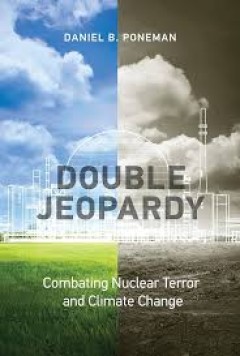
Double jeopardy :combating nuclear terror and climate change
Making the case that we can use nuclear power to combat climate change even as we reduce the risks of nuclear terror. Humanity faces two existential threats: nuclear annihilation and catastrophic climate change. Both have human origins, and both are linked to the use of nuclear energy. Inherent in the use of atomic fission is the risk that the technology and materials can be diverted to terrori…
- Edition
- -
- ISBN/ISSN
- 9780262353687
- Collation
- 1 online resource (288 pages) :illustrations.
- Series Title
- -
- Call Number
- -
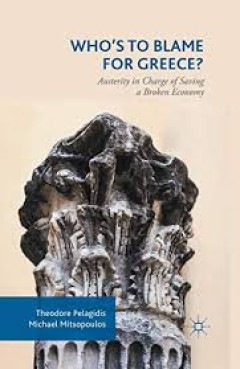
Who’s to Blame for Greece? Austerity in Charge of Saving a Broken Economy
Greece's economy symbolizes in many ways the Eurozone's economic problems and divergent interests as it amasses most of the economic disadvantages characterizing the Eurozone's economy itself. This book presents the economic and political challenges to Greece and the EU member states.
- Edition
- -
- ISBN/ISSN
- 978-1-137-54920-4
- Collation
- -
- Series Title
- -
- Call Number
- -
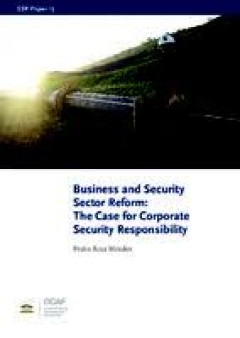
Business and Security Sector Reform the Case for Corporate Security Respons…
Challenges to security and human rights involving extractive and other industries are addressed in a framework known as business and human rights (BHR), which shares many challenges and goals with SSR. This paper describes the grounds where BHR and SSR coincide in principles, actors and activities and which synergies can be built on that base. Opportunities for bridging BHR and SSR are drawn fr…
- Edition
- 1
- ISBN/ISSN
- 9781911529408
- Collation
- -u
- Series Title
- -
- Call Number
- -
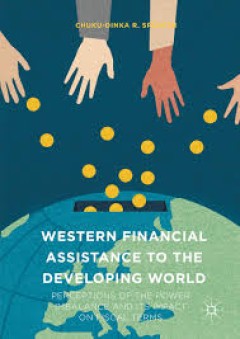
Western Financial Assistance to the Developing World Perceptions of the Powe…
This unconventional book addresses the imbalance of power between countries that give and receive funds for international financial development, with particular attention to the outcomes and impacts of this imbalance on recipient countries. It provides an in-depth analysis of the perceptions that population segments of recipient countries have of the power plays inherent in giving and receiving…
- Edition
- -
- ISBN/ISSN
- 978-1-137-58399-4
- Collation
- -
- Series Title
- -
- Call Number
- -
 Computer Science, Information & General Works
Computer Science, Information & General Works  Philosophy & Psychology
Philosophy & Psychology  Religion
Religion  Social Sciences
Social Sciences  Language
Language  Pure Science
Pure Science  Applied Sciences
Applied Sciences  Art & Recreation
Art & Recreation  Literature
Literature  History & Geography
History & Geography